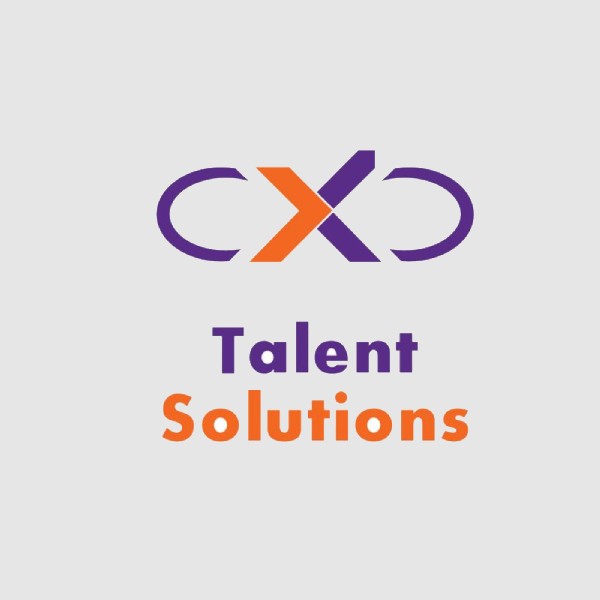Even top performers are worried these days. Thanks to the drumbeat of news stories about business miscalculations, facility relocations, and corporate mergers and acquisitions – all of which produce layoffs – they too fear they will end up out on the bricks. As a result, uncertainty has now become as important a recruiting factor as a job’s salary level and an organization’s employment brand.
According to Wikipedia, uncertainty “is a term used in subtly different ways in a number of fields.” Those multiple definitions can be arranged on a continuum that stretches from the benign – as in situations where a person simply lacks information – to the hostile – as in those cases where the lack of information leads to harmful outcomes.
Uncertainty is now important in recruiting because the business environment has moved top performers’ perception of the term from one end of the continuum to the other. While they have traditionally been able to view uncertainty as a benign or at least neutral condition, they now see it as full of risk. And, that shift in perception provides a wedge for recruiting them.
The key, of course, is to provide a contrast between a top performer’s current situation and one which your organization can provide. Since its crystal ball is no clearer than anyone else’s, however, there’s no way your employer can accurately predict its future workforce needs. It is as afflicted with uncertainty as any other employer. So, how can you give candidates the confidence that they will not be harmed by taking a position with your organization?
Adding Certainty in Uncertain Times
The risk in uncertainty comes from a lack of information that has the potential to undermine your security. We live and work in an era of constant change, and being in the dark exposes a person to that change without any recourse. Change isn’t necessarily bad, but when it happens without warning – without adequate time for preparation – it can and often does derail a person’s progress, diminish their personal brand and undercut their financial wellbeing.
The antidote to this dark side of uncertainty, therefore, is proactive messaging or what might best be described as “add-certainty communications” – the nonstop transmission of accurate information that promotes preparation. The better informed employees are about the status, strategy and goals of their organization, the less risk they will perceive in the unpredictability of today’s economy. The availability of information doesn’t limit the incidence of change, but it does enable a person to develop and implement effective recourses to it.
Admittedly, add-certainty communications doesn’t seem like a very exciting or glamorous addition to an organization’s employment brand. In these days of high risk unpredictability, however, it says two important things about an employer: first, that it an organization which understands how precarious employment is now perceived to be and second, that it is committed to doing what it can to minimize the risk to its employees.
How can an organization credibly claim such a brand attribute? It must express its commitment to add-certainty communications in two ways:
First, add-certainty communications have to be a central part of the organization’s culture and, by extension, its employment brand. They have to be the way it operates and the way it describes itself to prospective employees. That takes courage as the resulting worker preparation can be a risk to organizational wellbeing. The return on such a commitment, however, is likely to be greater interest from top prospects and better retention among top performers.
Second,they have to be practiced in the organization’s recruiting process. The organization must proactively communicate with prospective employees – it must reach out to them, not once or twice but constantly throughout the experience – and provide them with information they view as appropriate and useful. There must be near continuous feedback on the organization’s progress in its review of applicants and an individual’s status in that evaluation.
All employees, to include top performers, are now struggling with uncertainty in the workplace. While its source – constant change – cannot be eliminated, its impact can be mitigated with the nonstop distribution of useful information. Organizations which brand themselves with a commitment to add-certainty communications, therefore, will differentiate themselves from their competitors and strengthen their appeal




